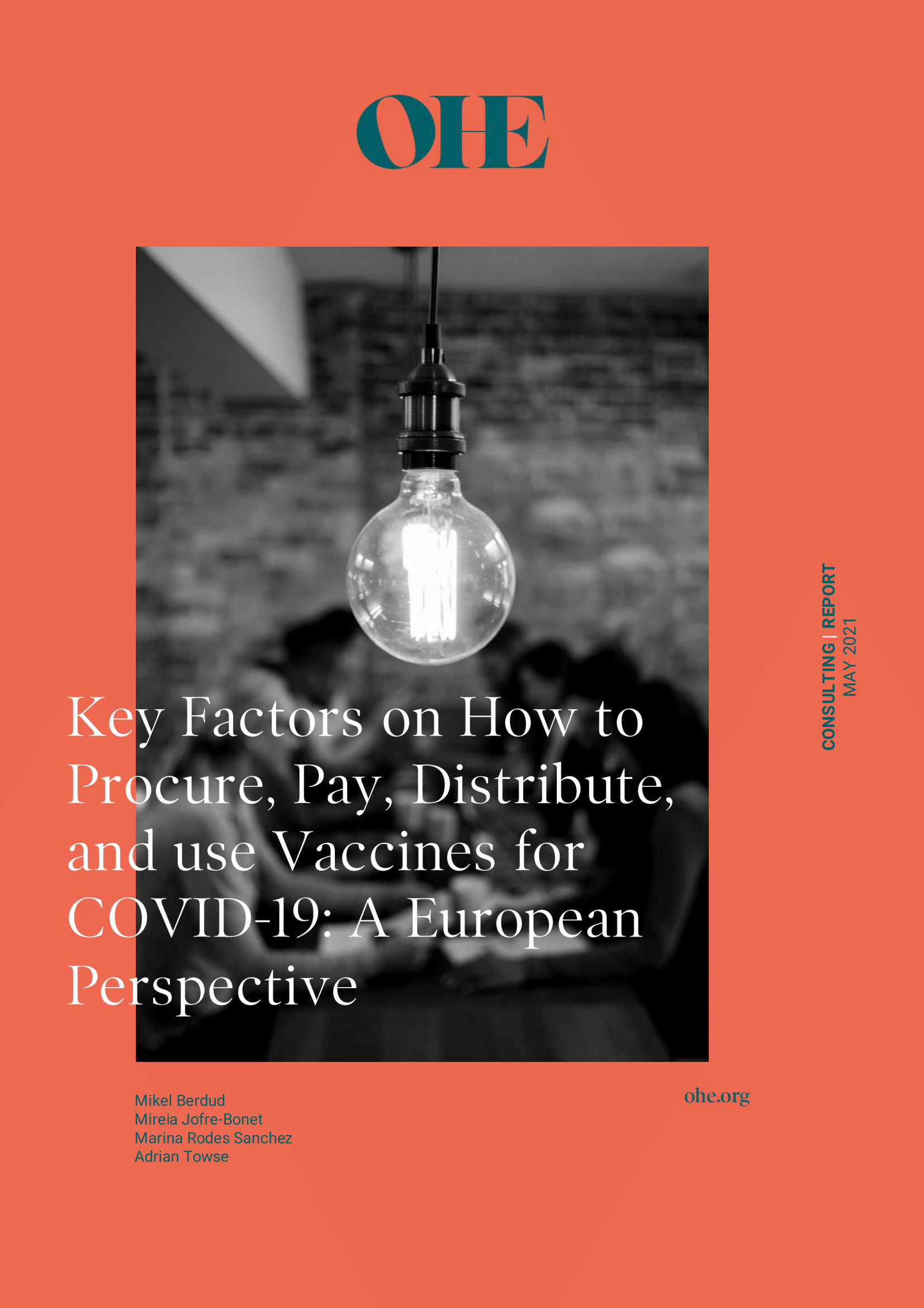After the shock caused by the first wave of COVID-19, discovering vaccines against the virus and administering them quickly to the population became the utmost priority…
After the shock caused by the first wave of COVID-19, discovering vaccines against the virus and administering them quickly to the population became the utmost priority worldwide, especially once subsequent waves of COVID-19 were inevitable. Not only incentivising the research on vaccines and authorising them quickly, but managing optimally the portfolio of vaccine candidates and establishing an efficient distribution plan became paramount to the success of this instrument.
In this context, in October 2020, the European parliamentary group Renew Europe commissioned OHE a study on the ‘ Key factors on how to procure, pay for, distribute, and use vaccines for COVID-19: A European perspective’. The piece that we present here is the English translation of the report, which we finished in November 2020. The study discusses the need to incentivise the makers of the most promising vaccine candidates to do develop them and invest in their production capacity.
We present the Phase III vaccines pipeline (as of November 2020) and the vaccines’ technical differences, pros and cons. We introduce a vaccine classification system based on efficacy thresholds (or guardrails) and quality bands according to predefined Target Product Profiles (TPP) and support the concept of advanced purchase agreements to incentivise vaccines’ production in the pipeline ex-ante regulatory approval. We establish that European-level coordination on contracting requires sending the right signals to developers on both volume contracting and pricing. In other words, to incentivise development, quality and investment in production capacity, contracts need to include pricing as part of a reward system. There is also a need to incorporate extended value-added elements into definitions of TPP levels and contracting processes, including pricing. This report outlines essential potential criteria for distributing doses between the European Member States, and highlights the need to inform the population for achieving the desired levels of vaccine uptake.



